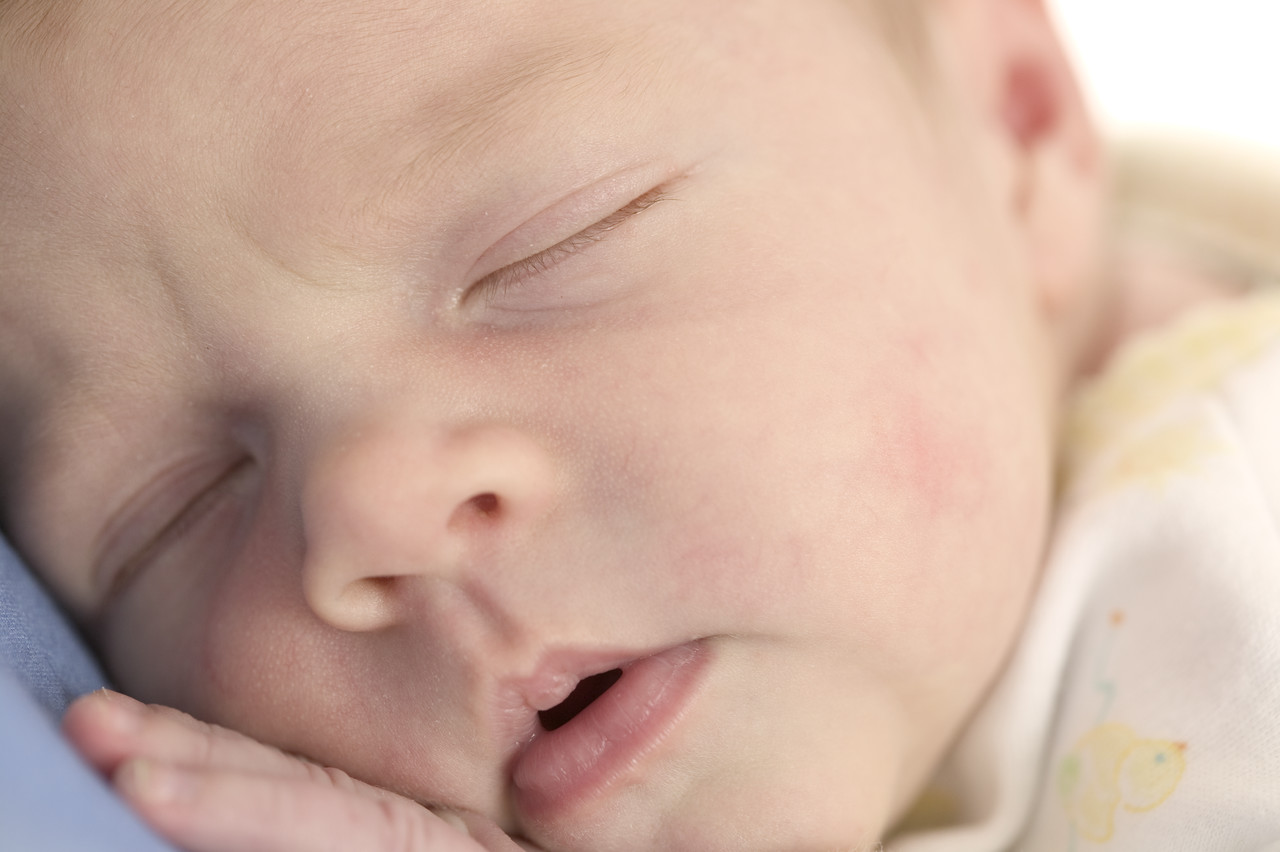Conception, pregnancy, and birth
The decision to try for a baby can be a hugely exciting one, filled with the magic of creating new life. However, for many, it can also be a time of great uncertainty. This isn’t just because getting pregnant isn’t always as easy as most people think. If you do get pregnant, things are going to happen to your body that can be quite frightening if you aren’t prepared for them.
It’s crucial that you know how to get yourself into good health before you conceive. We know that if you take steps to improve your health, you’ll not only get pregnant faster but also increase your chances of having an easy pregnancy, a smooth labor and birth, and a healthy baby.
Making Babies

The process of conception and birth may have existed since humankind first walked the Earth, but it doesn’t alter the fact that growing a new life is still in many ways a complete and utter miracle.
Natural conception occurs when a man’s sperm enters a woman’s body during intercourse and then fertilizes an egg that’s making its way down her Fallopian tube. For conception to occur, an egg must be fertilized within 24 to 36 hours after ovulation, but, happily, sperm can live for up to 72 hours inside a woman’s body. So, if you want to make a baby, the best time to have sex is from 72 hours before to 36 hours after you ovulate. For most women, ovulation occurs around 14 days before their period starts. For example, if you have a 28-day cycle, you probably ovulate on day 14 (count the first day of your period as day one), so you’re most fertile between days 11 and 15. If you have a 32-day cycle, you probably ovulate on day 18, so you’re most fertile between days 15 and 19.
The signs of pregnancy
The fertilized egg makes a six-day journey through the Fallopian tube to the uterus. By the time it arrives, it has become an embryo, a ball of dividing cells carrying genetic material from both of you. This embryo then settles into the lining of your uterus.
During this time you may experience a missed period (one of the first signs of pregnancy), although some women do continue to experience a little monthly bleed at around the time they would have had periods. Other changes include fatigue, nausea, tender breasts, frequent urination, unusual food cravings, and an aversion to coffee, tea, or alcohol. If you want to confirm your pregnancy, you can buy a test from a pharmacy. If the first test is negative, but you still feel pregnant and have missed a period, wait a week and test again. If the test is still negative, but you still haven’t had a period, go to see your doctor.
What’s your due date?
The average time a woman is pregnant is 280 days, so to work out your due date, take the first date of your last period, go forward nine calendar months, then forward one more week. Although this will give you a due date, bear in mind that a perfectly normal pregnancy can last anywhere between 37 and 42 weeks, so the date is just a guide – in the end, nature will take its course.
The stages of pregnancy
The first three months of your pregnancy are called the first trimester. By the third month, your baby has typically grown to 2 ½ inch long, and it’s called a fetus. If you suffered from morning sickness, you may notice that it eases as the 12-week milestone passes.
Months four to six are called the second trimester. You may find that you feel less tired and notice swelling in your lower abdomen. By month five, you may feel fluttering sensations – a sign your baby is kicking and moving. He or she is now around 13in. long.
The final three months of pregnancy are called the third trimester. You may find the weight of the baby, amniotic fluid, uterus, placenta, and extra fat quite burdensome now. By the end of month nine, your baby will weight around 7 to 9 lb. and be completely formed. He or she should settle into the birth position, and the head should engage ready for delivery.
Quality Control for Sperm
Never forget: getting pregnant takes two. In couples who find it difficult, one third of problems can be attributed to the man, one third to the woman, and one third to a combination of both.
A number of diet and lifestyle factors can have a negative effect on a man’s fertility. The following are the most important steps your partner can take to maximize the quantity and quality of his sperm.
Reduce Alcohol Alcohol affects the liver, which clears out “old” hormones, and it may cause the man to accumulate small amounts of the “female” hormone estrogen. Alcohol also blocks the body’s ability to absorb certain nutrients, including zinc, which is crucial for male fertility.
Quit Smoking Chemicals in tobacco can damage DNA in sperm, which nature is then more likely to reject for fertilization. If fertilization did occur, damaged sperm may increase your likelihood of miscarriage.
Stay Cool Hot baths, tight underpants, and heat in general disrupt the manufacture of sperm in the testes. Sperm production takes place at 89°F, but our normal body temperature is 98.6°F, which is why the testes are on the outside of a man’s body (unlike a woman’s reproductive organs, which are inside). Anything that heats up the sperm, or even brings the testes closer to the body (such as driving for long distances), can reduce sperm count.

